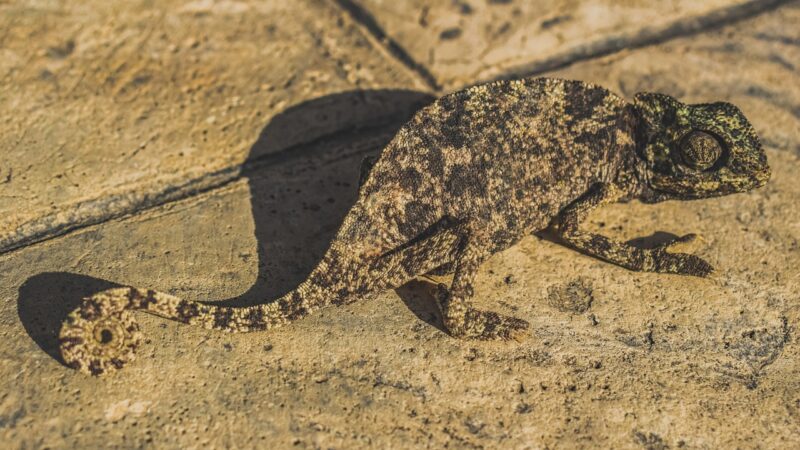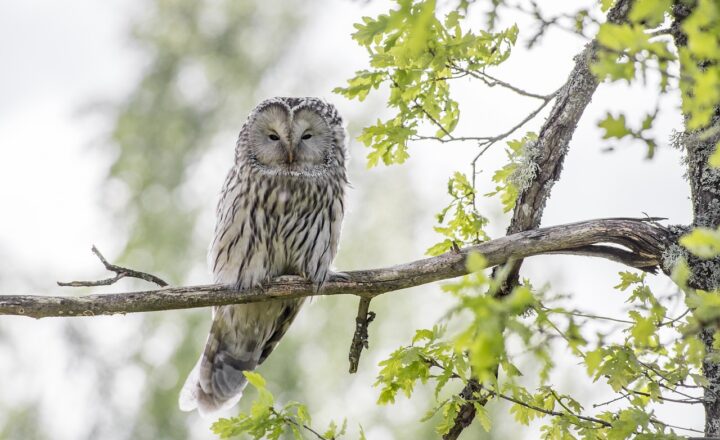Wildlife Wonders: The Most Unbelievable Animal Adaptations You Never Knew Existed
November 17, 2024

Nature is a master of adaptation, and its remarkable power to engineer solutions for survival fascinates scientists and animal lovers alike. From creatures that can withstand extreme temperatures to those that have developed extraordinary camouflage, the adaptations found in the animal kingdom are often astonishing. In this article, we will dive into some of the most unbelievable animal adaptations that showcase the sheer creativity and resilience of wildlife.
1. The Immortal Tortoise: Tardigrades
Tardigrades, often dubbed “water bears” due to their bear-like appearance under a microscope, are nearly indestructible creatures. These microscopic animals can survive extreme temperatures, intense pressure, radiation, and even the vacuum of space. How do they manage such feats? Tardigrades enter a state called cryptobiosis where they lose almost all their water and curl into a ball, halting their metabolism and allowing them to withstand adverse environments that would be lethal to most forms of life.
2. The Camel’s Mastery of Hydration
Camels, the ships of the desert, are famous for their ability to survive without water for extended periods. A common misconception is that camels store water in their humps; rather, the humps store fat, which can be metabolized into water during prolonged droughts. Additionally, camels can drink large quantities of water in one go and have specialized kidneys that conserve water by processing their urine to a thicker consistency. This masterful adaptation enables them to thrive in extreme arid conditions.
3. The Chameleon’s Color Change
Chameleons are often renowned for their ability to change color, but the science behind it is truly fascinating. They possess special cells called chromatophores that contain different pigments. By expanding or contracting these cells, they can change their skin color in response to environmental factors like temperature and light, as well as social signals such as mood and communication. This dynamic adaptation not only helps them camouflage but also communicates with other chameleons.
4. The Arctic Puffin’s Insulation
Puffins are adorable seabirds often known for their colorful beaks; however, their adaptations for cold weather are equally impressive. Arctic puffins have a thick layer of insulating feathers and a layer of fat beneath the skin that keeps them warm in freezing temperatures. Additionally, their wings are adapted for both swimming and flying, allowing them to catch fish underwater efficiently.
5. The Electric Eel’s Shocking Capabilities
Electric eels are one of the most extraordinary creatures in the Amazon River. They possess specialized cells called electrocytes, which can generate a powerful electric charge. This adaptation serves multiple purposes: the electric eel can use bursts of electricity to stun prey, communicate with other eels, and defend against predators. They can deliver a shock of up to 600 volts, which is strong enough to incapacitate a large animal.
6. The Arctic Fox’s Seasonal Camouflage
The Arctic fox is equipped with indeed one of nature’s cleverest adaptations: seasonal camouflage. Their fur changes color with the seasons — from brown or gray in the summer to white in the winter. This adaptation not only provides excellent camouflage against predators and prey but also aids in regulating their body temperature during extreme weather conditions.
7. The Poison Dart Frog’s Toxicity
Small but mighty, poison dart frogs are celebrated for their vibrant colors that signal toxicity. Native to Central and South America, these frogs derive their toxicity from their diet, which consists of ants, termites, and other small invertebrates. The toxins they produce can deter predators, making them a prime example of nature’s warning system—a classic case of “don’t judge a book by its cover!”
8. The Pistol Shrimp’s Sonic Weapon
Pistol shrimp possess an impressive adaptation in the form of their claw, which can snap shut so rapidly that it creates a bubble that collapses with a loud snap, generating a shockwave. This sonic weapon can stun or kill small fish and is so powerful that it can even be heard above water. This adaptation allows pistol shrimp to hunt effectively in murky waters where visibility is low.
9. The Mimic Octopus’s Impressive Disguises
The mimic octopus has the astonishing ability to imitate other sea creatures to avoid predators. It can alter its color, texture, and even behavior to mimic the appearance and movements of up to 15 different species, including lionfish and flatfish. This adaptation is an essential survival tactic, allowing it to blend seamlessly into its environment or mimic more dangerous animals to scare off threats.
10. The Seahorse’s Unique Reproductive Strategy
Seahorses stand out not just for their appearance but also for their unique reproductive strategy. In a fascinating twist on traditional roles, it is the male seahorse that becomes pregnant. The male carries the fertilized eggs in a special pouch on its body until they hatch. This unusual adaptation allows for greater survival of the offspring in a protective environment.
Conclusion
The animal kingdom is filled with incredible adaptations that allow species to thrive in diverse environments. From the seemingly indestructible tardigrades to the unique reproductive strategies of the seahorse, these adaptations reflect nature’s ingenuity and resilience. As we continue to learn about these fascinating creatures, we gain a deeper appreciation for the wonders of wildlife and the many ways in which life has adapted to survive in even the most challenging conditions.
As we protect our environment and the habitats of these amazing animals, we ensure that such adaptations can continue to thrive for generations to come.








